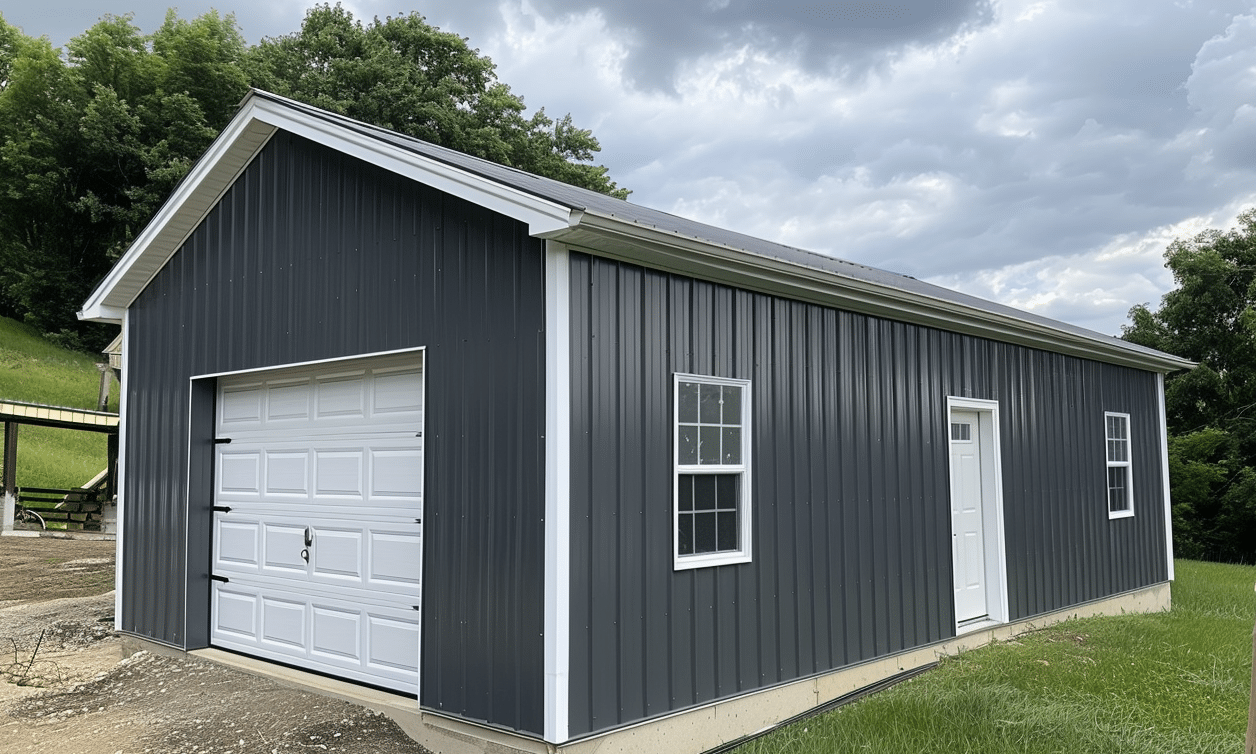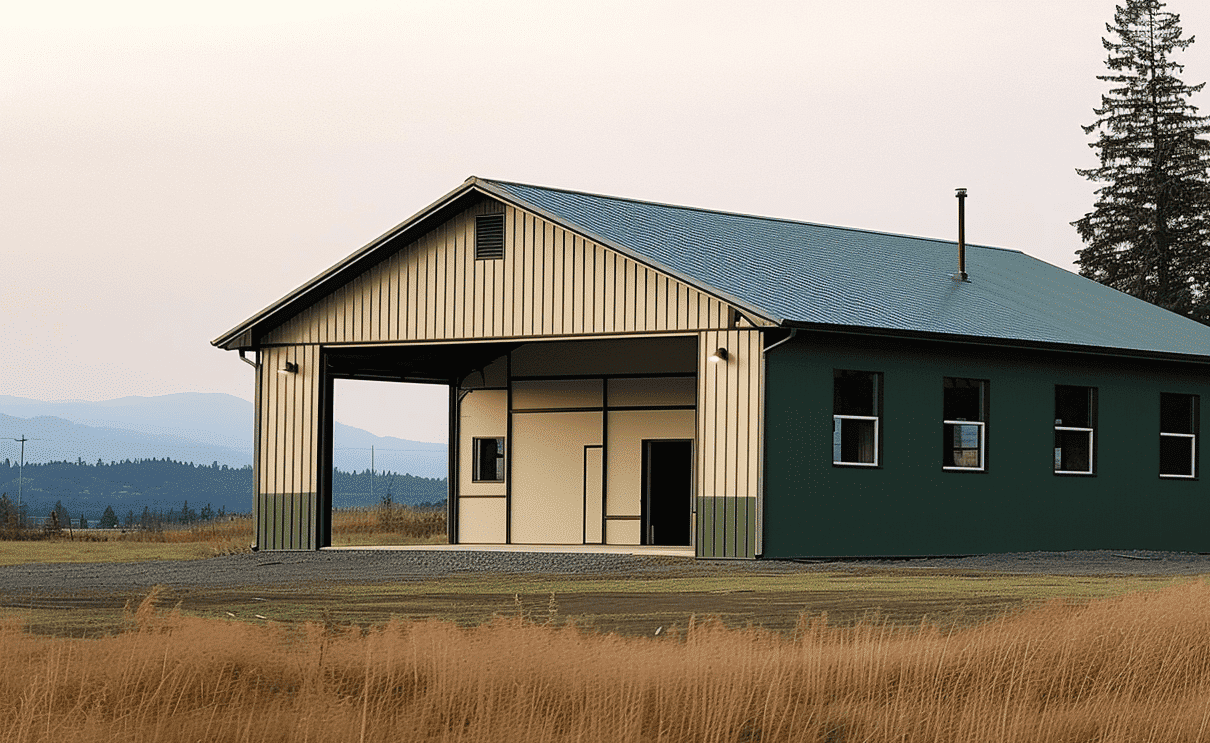As we stand at the threshold of a new era in construction, the drumbeat for sustainable practices grows ever louder. It’s no longer a question of if but when will all construction practices align with sustainability. Stepping into the world of sustainable architecture is like putting on a pair of eco-friendly glasses, allowing us to see beyond the mere structures and into a world where buildings are harmoniously integrated with the environment. But what exactly does this mean?
The Essence of Sustainable Construction Practices
Sustainable construction practices are akin to an orchestra where every instrument plays a unique role, but together, they create beautiful harmony. They integrate processes aimed at reducing the negative environmental impact of building. This is achieved by employing resource-efficient, environmentally friendly designs, processes, and materials. At its heart, it’s about minimizing waste, maximizing efficiency, and promoting a healthier way of living.
Imagine constructing homes and buildings that are not just structures made of brick and mortar but entities that live and breathe; entities that contribute to the environment rather than deplete it.
Strategies for Implementing Sustainable Construction Practices
The methods for achieving sustainability in construction are as varied as the colors on an artist’s palette. Here are some foundational strategies that can be employed:
– **Efficient Energy Use:** Implementing systems for reduced energy consumption is pivotal. This means relying more on renewable energy sources—solar, wind, or geothermal—and installing energy-efficient lighting and appliances.
– **Emphasis on Durability:** Choosing materials that last longer reduces the need for replacements. Steel, especially in steel buildings, is a prime example due to its longevity and potential for recycling.
– **Waste Management and Recycling:** Utilizing materials that can be recycled or repurposed minimizes the waste output of construction projects.
– **Water Conservation Measures:** From rainwater harvesting systems to low-flow faucets and efficient irrigation systems, managing water use is crucial.

The Role of Steel in Sustainable Building
Steel has emerged as a superstar in the realm of sustainable construction. Why? It’s robust, recyclable, and supports efficient construction. In fact, building a metal building is often more cost-effective and environmentally friendly than traditional methods. But, the benefits don’t stop at the materials themselves.
Steel enables rapid construction, meaning less time and energy are spent compared to traditional methods. In Canada, for example, metal garages and workshops are gaining popularity due to their sleek design and minimal environmental impact. Prospective builders can check out stunning examples like the Alberta Black Metal Garage or the Dark Alberta Garage with multiple doors—testaments to steel’s flexibility and modern appeal.
The Environmental Impact and Benefits
What’s mesmerizing about sustainable construction is not just the immediate environmental impact but the enduring benefits. Projects aligned with Natural Resources Canada – Sustainable Construction Practices demonstrate how environmentally conscious decisions can foster economic growth, reduce carbon footprints, and ensure healthier spaces.
Addressing Climate Change Through Construction
In the battle against climate change, every building matters. By incorporating green building practices, we are not just creating structures but fortresses that protect our environment. This approach reduces greenhouse gas emissions, because well-designed sustainable buildings require less heating and cooling, directly reducing energy use.
Moreover, as more structures adhere to eco-friendly standards, the demand for sustainable materials and technologies develops a market that drives innovation and reduces costs, making sustainable practices more accessible to all.
Conclusion: Building a Greener Tomorrow
As we unearth the treasures hidden within sustainable construction practices, one truth becomes overwhelmingly apparent: The future of construction lies in sustainability. Through wise design, efficient use of resources, and resilient materials like steel, the construction industry can lead the charge towards a greener, healthier future.
So the next time you stand before a building, consider not just its structure, but its spirit. How does it contribute to our world? For as we learn, every choice we make in construction today builds the foundation for tomorrow’s greener landscapes. Embark on this journey with us and witness how these practices are transforming visions of a sustainable future into reality.










